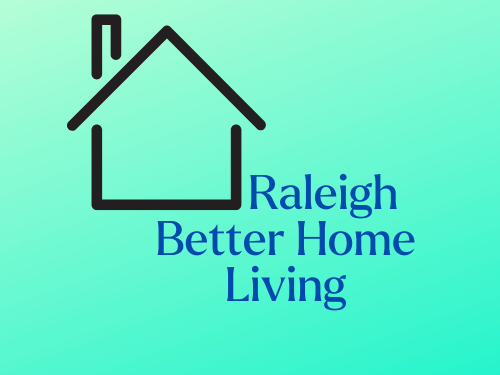
Rethinking Compact Living: A Peek into the Twin House
Can you picture living in a compact home that seems to break away from traditional architectural constraints? The Twin House in Bangsar, Malaysia, is an imaginative response to the pressing challenges of affordability and innovative design in modern living. This uniquely split terrace house brilliantly showcases how architecture can adapt to the needs of young professionals seeking quality living spaces without compromising aesthetics or functionality.
In 'This Terrace House is Split Into Half | Unimaginable Transformation | Twin House |Architecture Ideas', the exploration of innovative housing solutions sheds light on how architecture can adapt to modern living challenges.
Transforming Space with Ingenious Design
The Twin House, led by architect Alex Lee from Design Seed, embodies the concept of duality. It features two mirror-image houses that, while looking the same, contain distinct elements that conserve space and foster individuality. Set within dimensions of just 20 feet by 60 feet, the house boasts a captivating steel cage facade surrounded by lush green landscapes, blurring the lines between indoors and outdoors. By utilizing lightweight steel constructions and innovative vertical planting decks, the project aims to redefine how we perceive residential architecture.
Creating Functionality in Smaller Spaces
For homeowners in today's market, especially those in the age range of 35-55, practical solutions for space can often make or break a living experience. The Twin House addresses this through a series of split levels that enhance functionality. Unlike typical designs that function with full floors per room, this approach creates intimate areas of use, such as a study nook or a hob corner, each adding unique flair to living. This separation not only increases privacy but also contributes to a functional and open living space while maintaining a sense of continuity across the home.
The Role of Natural Light and Greenery
Perhaps one of the most striking features of the Twin House is its mastery of light and natural elements. By incorporating a double-volume glass ceiling in the bathrooms and strategically placed windows, intentionality reigns, and the everyday experience of simple routines transforms into moments of relaxation and calm. Moreover, with seamless transitions from the indoors to outdoor gardens, the spaces foster a relationship with nature that many urban dwellers yearn for. This aspect not only adds beauty but also enriches quality of life, an important consideration for those looking to enhance their living environment.
Encouraging Community and Shared Spaces
Alex Lee hints at a future of architecture that transcends conventional designs—where homes can include shared spaces like living rooms or libraries. The Twin House is not just a single residence; it represents a visionary shift towards communal living in compact forms. This multifunctional concept encourages connections among neighbors while preserving personal sanctuaries through the separation of private spaces. It's an exciting opportunity for urban communities to explore, especially crucial in densely populated cities.
Conclusion: A Model for Future Living
The Twin House serves as an inspiring model in the conversation about modern housing. It embodies a fresh take on limited living spaces and speaks volumes about the possibilities of thoughtful design. As the need for affordable and innovative housing solutions takes center stage, the principles illustrated by this remarkable project can guide the way forward for architects, homeowners, and urban planners alike. In today’s fast-paced world, redefining our perceptions of home may just be the pathway to a more sustainable future in architecture.
For anyone looking to explore home design or improve their living spaces, the steps taken by the Twin House can provide a wealth of inspiration. Whether you’re an architect, a homeowner, or simply a design enthusiast, there are valuable lessons lurking within this humble abode that can enhance your understanding of architectural design's potential.
 Add Row
Add Row  Add
Add 




Write A Comment